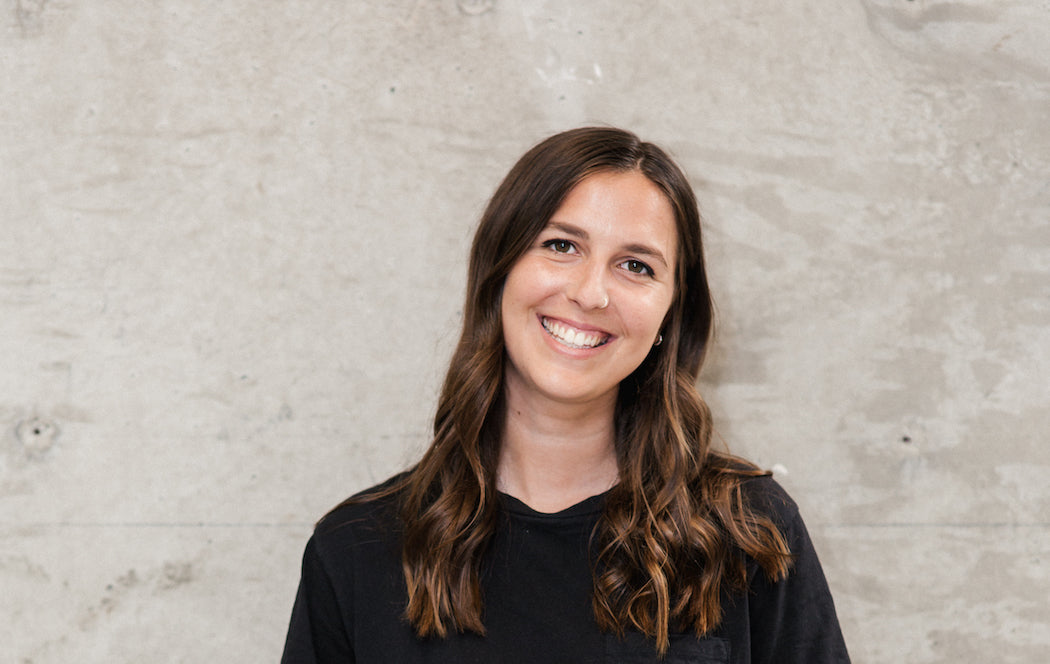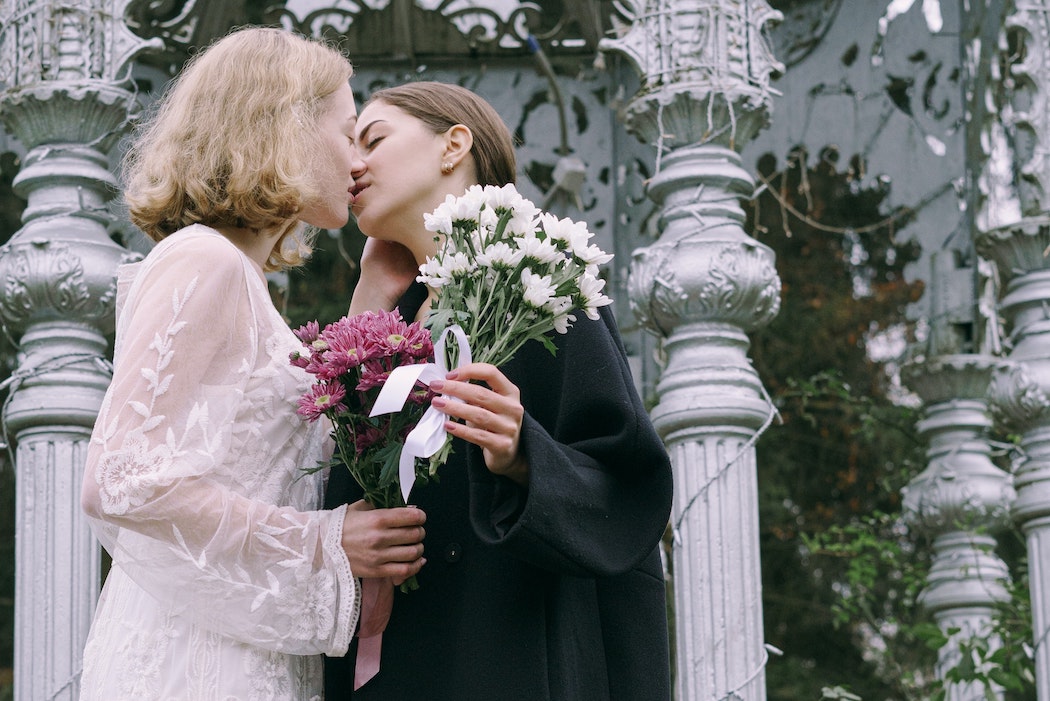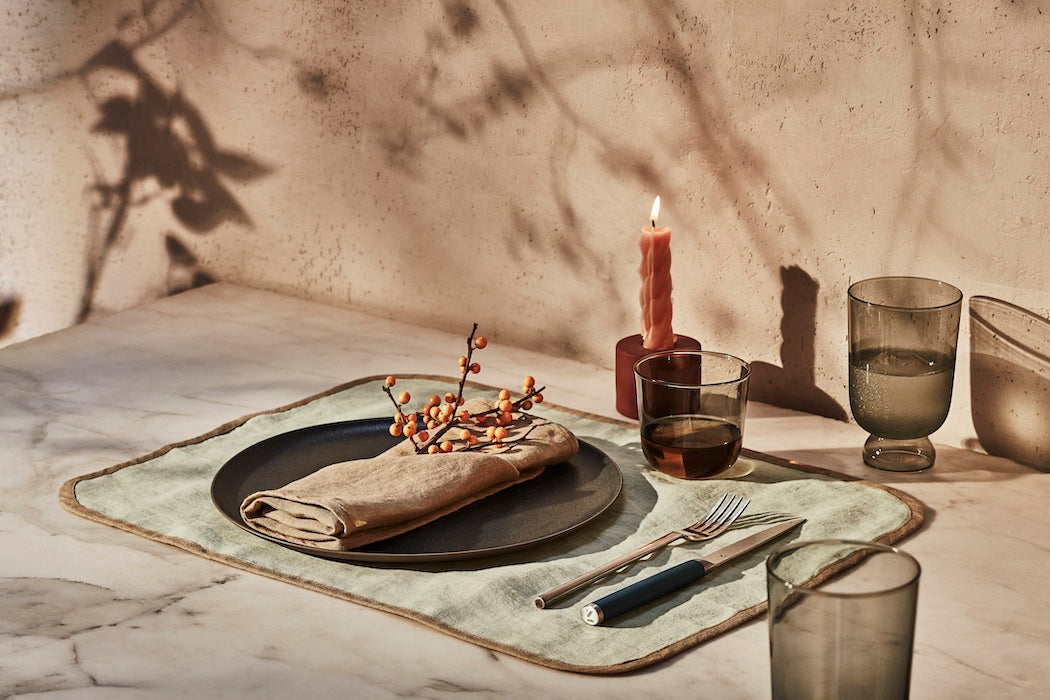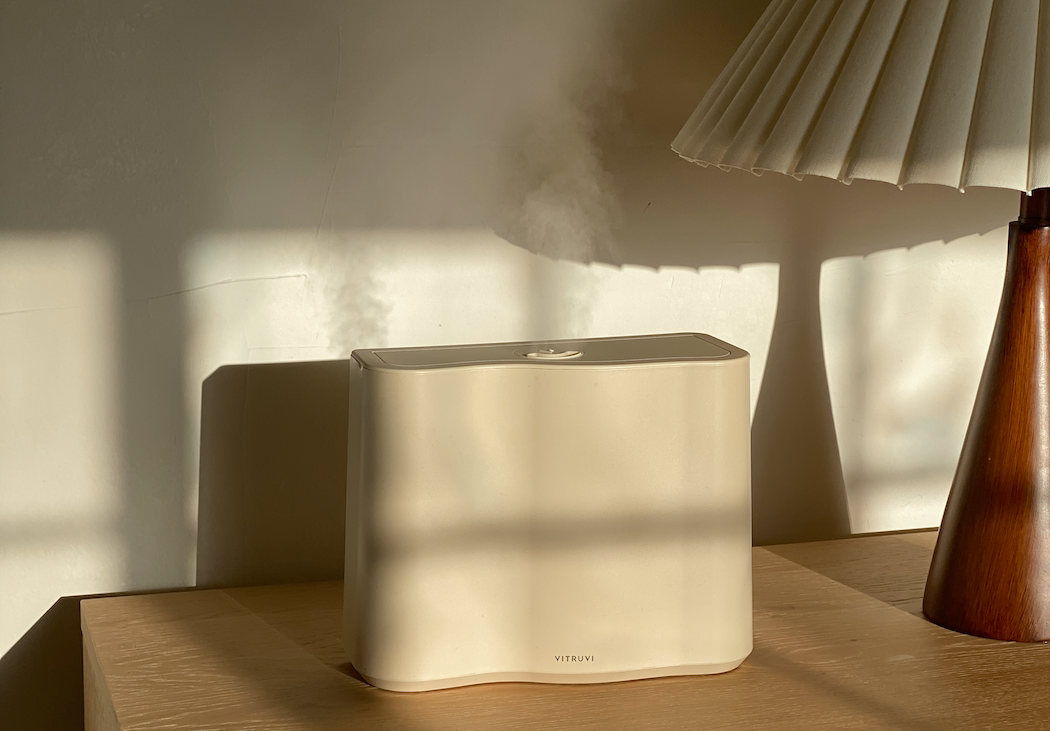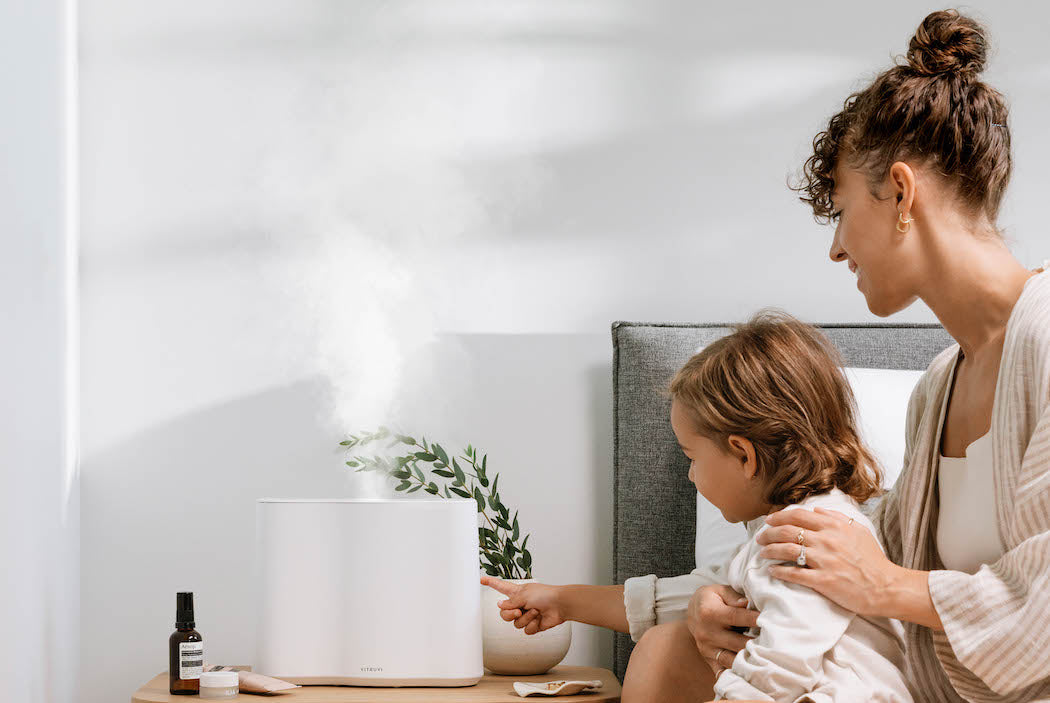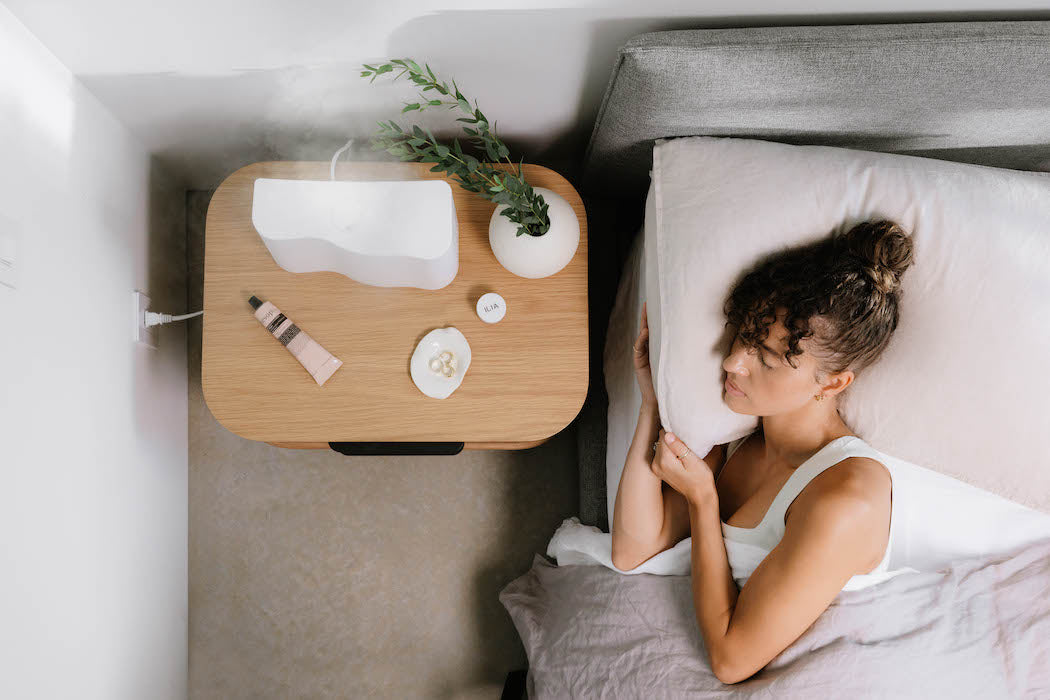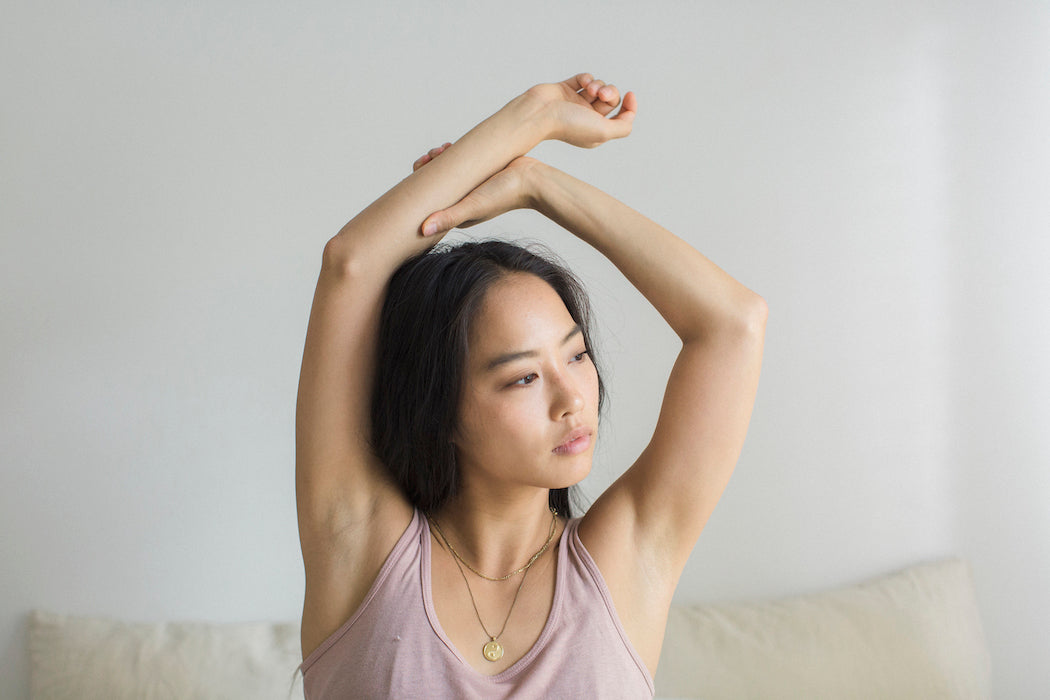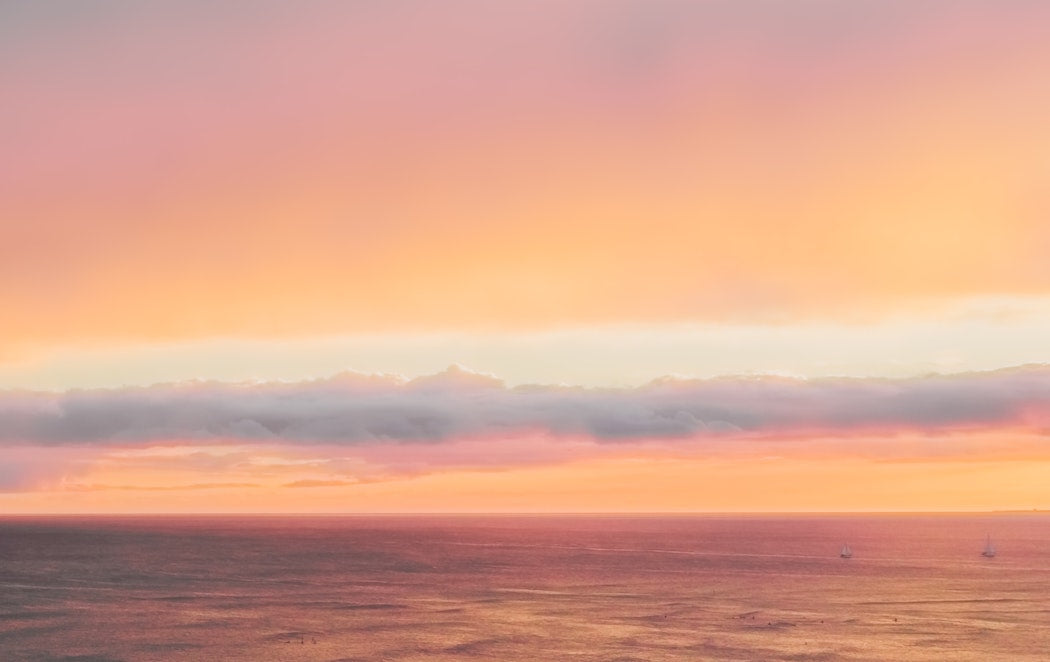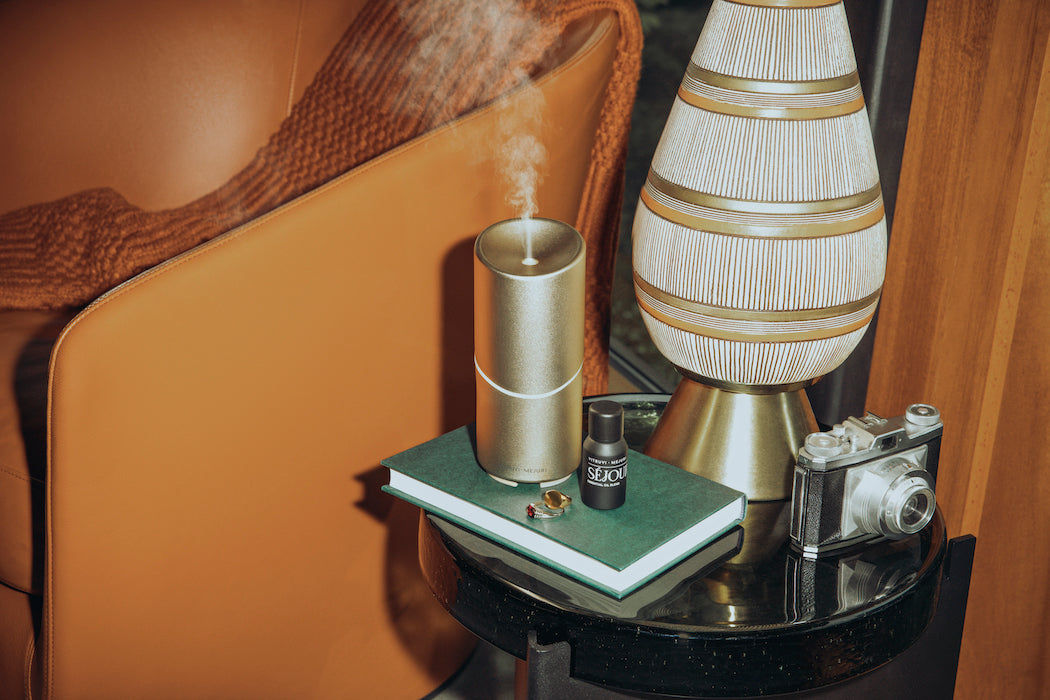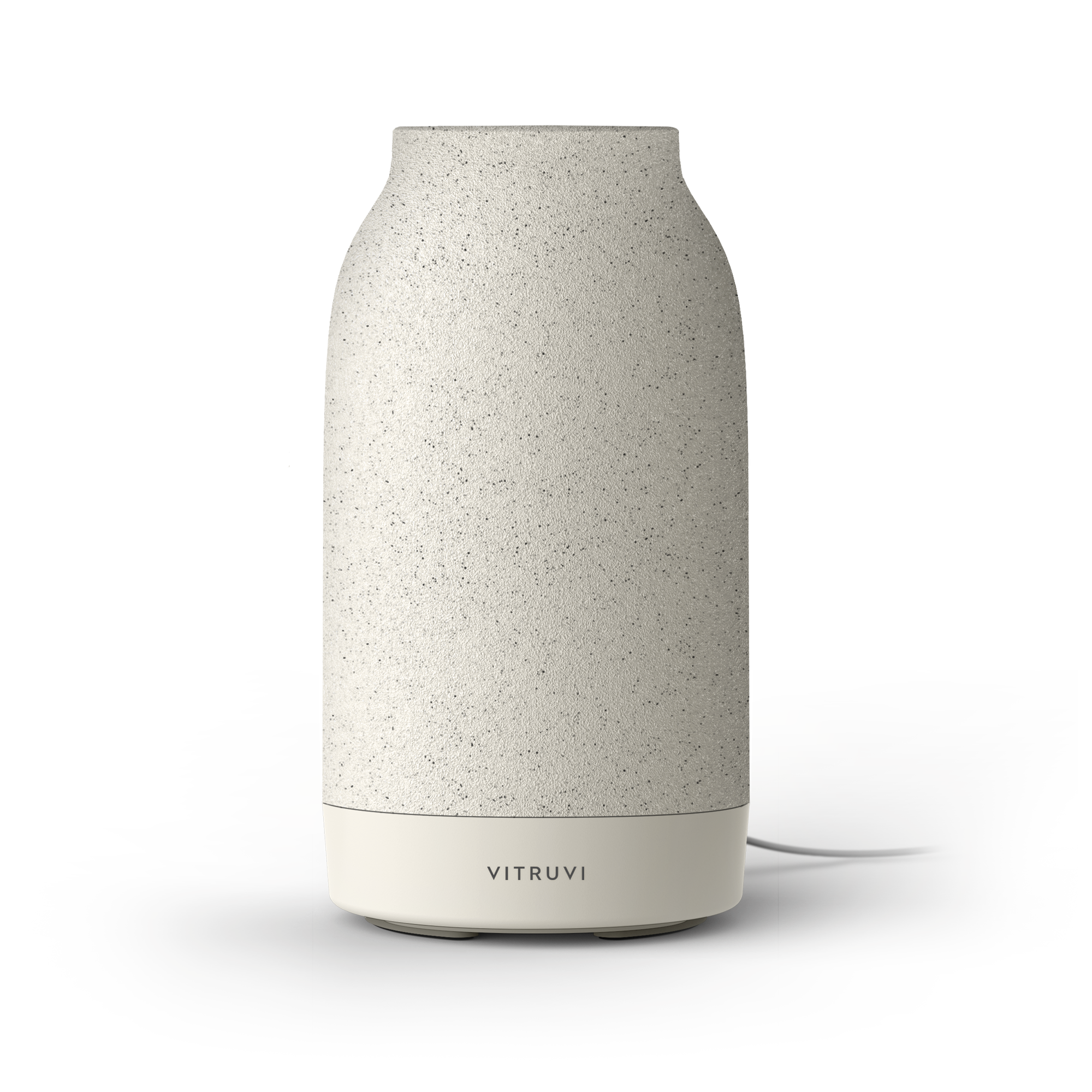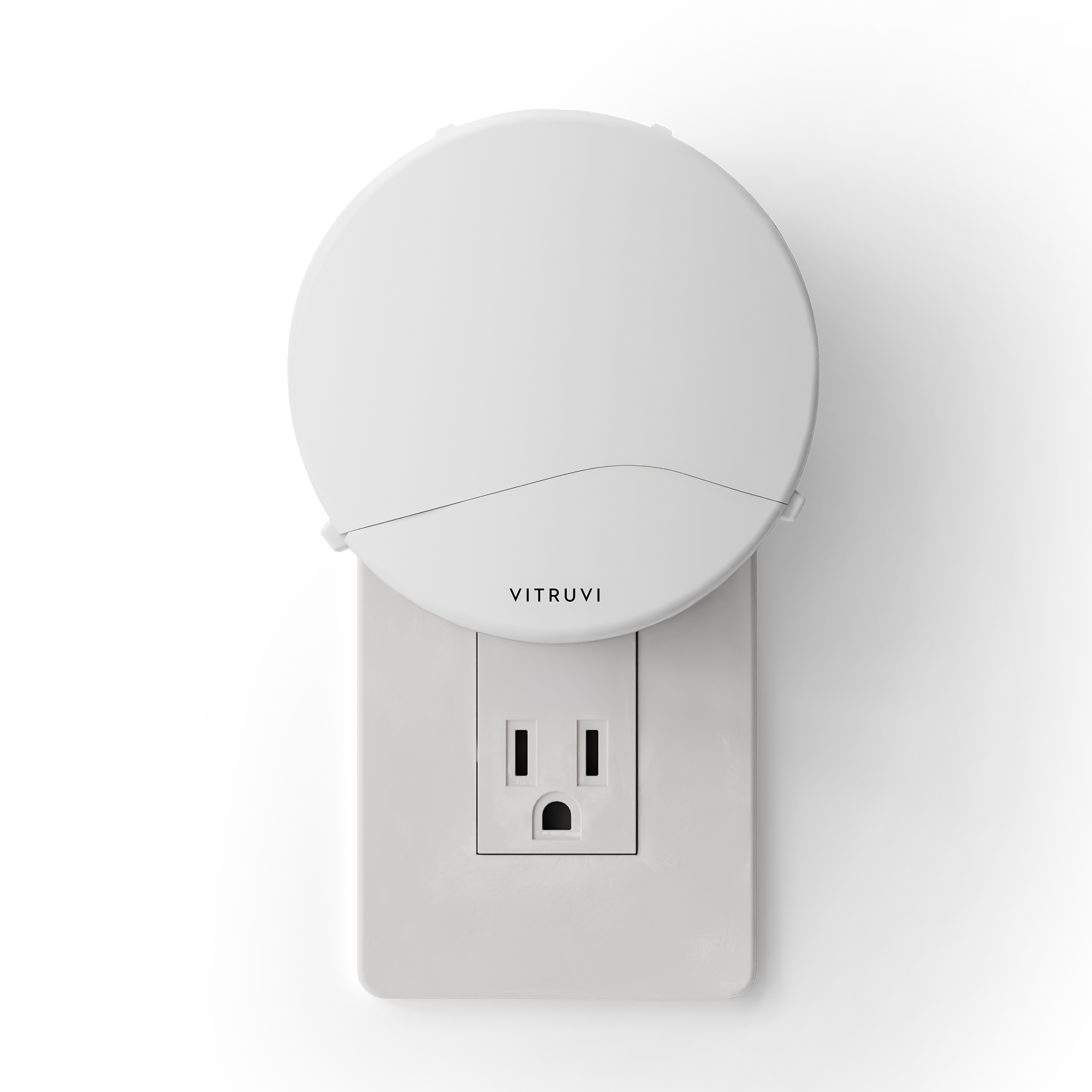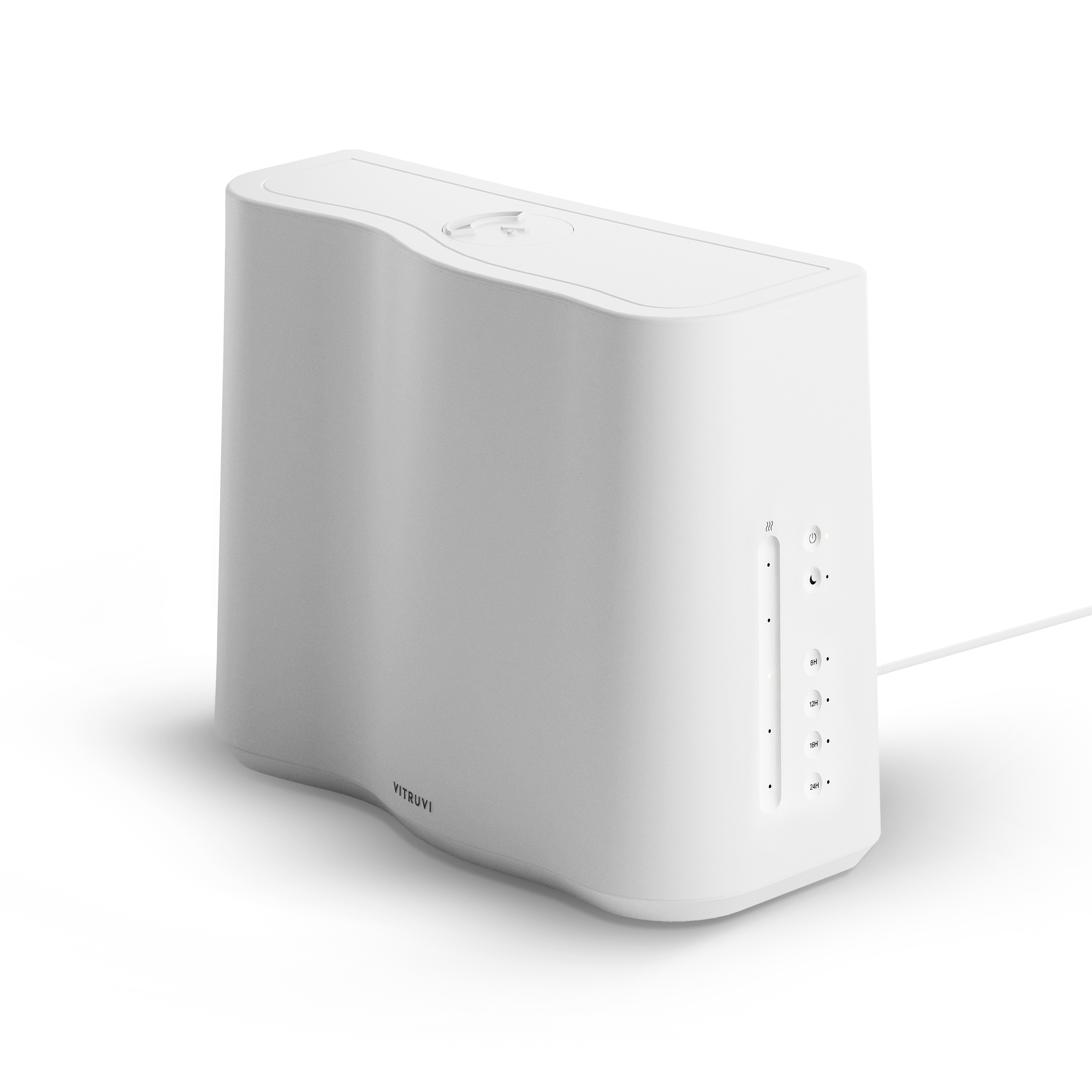If you’re looking for a laugh in the vitruvi office, you’ll generally gravitate towards one of two beings: resident labradoodle Juno or resident digital designer Jenna Vaandering. The former definitely provides some chuckles (and plenty of cuteness), it’s the latter who really gets the whole office cracking up. Aside from being the amazing design mind behind so much of what you see on vitruvi’s website and communications (from icons to illustrations to emails), she’s also fabulous at impressions, accents, and harmonizations (ask her about her rendition of Cowboy Take Me Away with our social media maven, Rita Ovis). Bottom line, she’s the life of our party.
We sat down with her to discuss her design style, the year she lived in Spain, what she loves about her work, and more.
To start off, can you talk a bit about the journey that led you to vitruvi?
I had a really convoluted journey. I started in business school after high school because I had no sweet clue what to do, and it’s what my sister did and what my dad told me to do. I was 17 and like, “Okay?” So I went to business school for four months, hated it, and dropped out. Then I spoke to this family friend who’s in graphic design, and it was my first introduction to the field at all; I had no idea it was an option. She gave me a super brief overview of what it was and at the time I was still drawing and painting a lot, so I decided to drop out of business school and spent a month or two building a portfolio, and then applied to art schools. I went to the first place that accepted me which was Alberta University of the Arts in Calgary, so I did a year in Calgary—I loved the program, didn’t like Calgary. And then I found a program back in Nova Scotia which was were I did my four months of business school at Dalhousie, so I went back to Nova Scotia to NASCAD [Nova Scotia College of Art and Design] to finish my degree.
After NASCAD I moved back to Vancouver, worked for eight months at SPUD, and then decided to move to Spain to travel but also to build up my portfolio—so that when I came back I could apply for my dream job.
And after I moved back to Vancouver, I found the vitruvi job through artist Tori Swanson. I grew up with her, I’ve known her since I was a baby. She knew I was looking for a job and she’s friends with vitruvi cofounder Sara Panton; she followed vitruvi on Instagram and just passed the application to me (and then put in a good word with Sara!).
Let’s talk more about your time in Spain. What were you doing to build up your portfolio there?
I decided to work on personal projects. I had my school portfolio, which as a designer is usually very template-y. It doesn’t look like there’s a clear style or clear interest, so my goal with moving to Spain was to come out of it with a portfolio that displayed exactly what I wanted to do and what I was passionate about. So that involved a lot of illustrations. I was able to do a bit of freelancing and a bit of personal project work and a bit of English teaching.
What was it like living there?
I lived in La Coruña, I loved it. When I think back to my time in Spain, it was probably the most purely happy that I’ve ever been. I would find myself walking around just so excited about where I was and so happy with the people that I met. Europe just has a whole different romantic lifestyle and beautiful scenery and architecture, and I loved being immersed in the Spanish culture. I couldn’t speak Spanish, but I loved listening to people and observing people. The city I was in was also the global headquarters of Zara so everyone was super fashionable, it was like a runway show every day. And I think that’s also just such a different cultural thing between Europe and North America: in Europe people aren’t afraid to dress up, whereas I feel like in North America, it’s like you’re trying too hard. But it was just so beautiful, it was a seaside town. I liked how small it was.
It was so exciting all the time, and so fun. I stayed there for a year. I missed it for a long time [when I left], but I feel like I’m settling into Vancouver now and feel happy here.
What are your days like at vitruvi?
My days are usually split up by the bigger-picture projects and then executional weekly things. Bigger-picture projects are usually with [vitruvi’s VP of online] Chris Attadia, and mostly involve the web—so projects like our subscription program and rebranding Basenotes. Those projects span over a few months, so generally in the morning I set out time to work on those, and then in the afternoon I like to get things off my plate—small asks from whoever it may be, usually building out emails or exporting images for the web.
What’s your favourite part of your job?
The variety of work. There’s a lot of user-experience design, web design, and digital-leaning projects, but then I also love that I get to completely redesign the way we have icons and illustrations. I could spend all day doing illustrations because they are not work to me at all; I’d do them from home, on the weekends, anytime. And then I also loved having the opportunity to do a whole brand redesign, including designing a logo, for Basenotes. So I think what I love most is that I get to do so many different mediums of design in one job. It’s so rewarding to lead those projects and to see them come alive on our website. I love being the point person and I love having that responsibility and basically seeing everything that I imagine come to life. There are so many different projects all the time, and it can be super overwhelming of course, but I pretty much love every aspect of it.
You also contributed some botanical illustrations to our cofounder Sara’s new book, Essential Well Being. What was that process like?
I think it was in the first month or two of my job that the idea of the book was introduced to me, and at the time they were trying to figure out an illustrative style. Sara was more talking about it anecdotally to me in a meeting, she was explaining it and saying how they hadn’t landed on a style yet—and I just offered to try. She had a whole mood board that she shared with me and I spent some time coming up with the style. It took a few iterations, but we were both pretty aligned at the beginning with what we wanted the end outcome to be: more sketched, less refined line illustrations. I’ve been drawing botanicals pretty much my whole drawing life, so it felt pretty serendipitous that I ended up at a company that revolves around botanicals in a way that I could illustrate. All throughout university, if there was ever an illustrative project, mine would often be botanicals.
What makes you love drawing them in particular?
It’s just want I’m drawn to; I think they’re unbelievably beautiful. I’ve also gone through phases with different styles: sometimes I like to paint botanicals, sometimes I am inspired by tattoo line drawings for botanicals. I think it’s mostly that I think they’re beautiful.
Speaking of botanicals, what are some of your top vitruvi products?
My favourite diffuser blend of all time is Grove and Grapefruit. I’m just a Woodsy-plus-Citrus kind of gal. I feel like it smells like you’re walking through a forest; of course Grove has that, but the citrus adds this freshness that feels like you’re breathing in fresh air. Love it. And for face oils I really like Jojoba Oil. My skin type is really normal, it’s pretty resilient, so I usually use that in the winter, and then add Spruce and Sweet Orange for scent. And then of course our Focus blend. I have it at my desk. When I’m feeling sleepy, hit the 3:00 wall? Focus. Love the scent. I feel invigorated. I just think it’s a glorious blend.
Lastly, what do you love about drawing?
It’s pretty therapeutic, I think. It’s always been something that is present in my life. And I think a lot of it is time to myself as well to just work on something. I generally will have a vision for what I want the outcome to be, and just the process of getting to the final outcome is super rewarding—and then to be able to stand back and be like, “Yeah, that looks tight.”
This interview has been edited and condensed.

